
Summary-of-EU-Council-proposal-for-euro-7-emission-standards
![]()
Here’s a look at the recent proposal by the EU Council on Euro 7 standards for passenger cars and heavy-duty vehicles.

![]()
Here’s a look at the recent proposal by the EU Council on Euro 7 standards for passenger cars and heavy-duty vehicles.
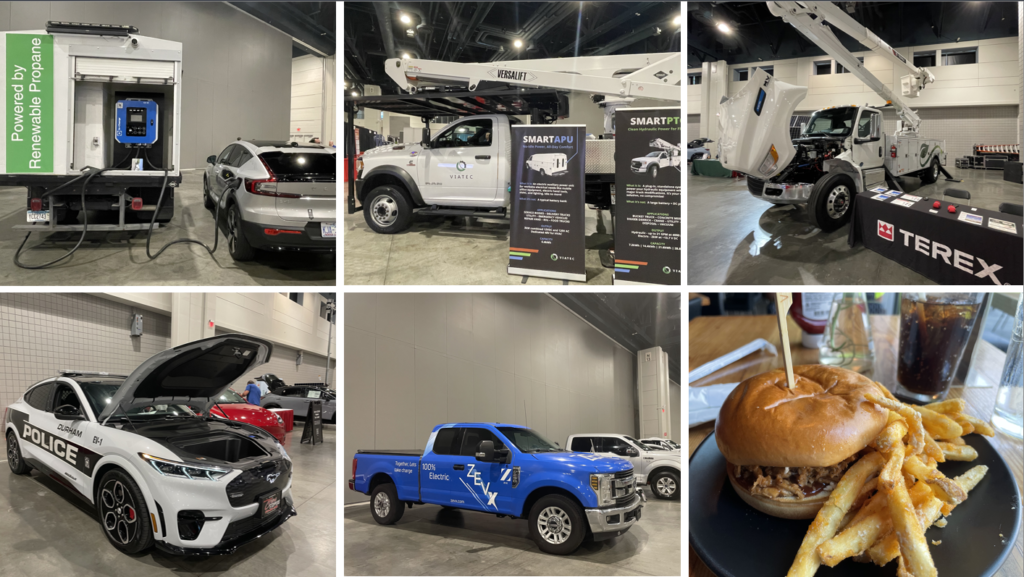
![]()
Notes from the 2023 Sustainable Fleet Technology Conference covering a wide range of practical issues for fleet decarbonization

![]()
Given the lack of MY 2024 compliant new engine introductions, California has proposed an amendment to its low NOx omnibus, providing more flexibility for legacy engines.

![]()
California and Truck & Engine Manufacturers have reached a deal on low NOx and electrification targets in the state. This paves the way for more regulatory certainty but the challenges ahead are not diminished.
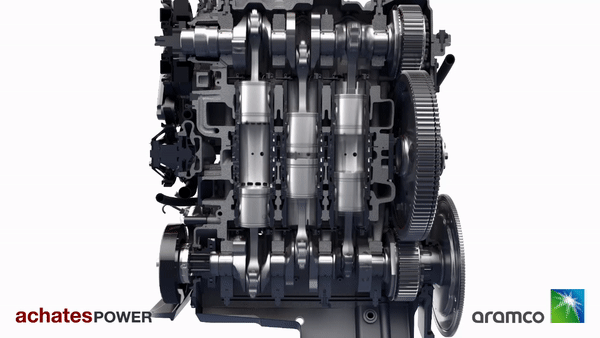
![]()
Opposed piston engines are being developed as a tool to reduce CO2 and NOx emissions from heavy-duty trucks. Here’s a deeper look into this technology and recent test results.
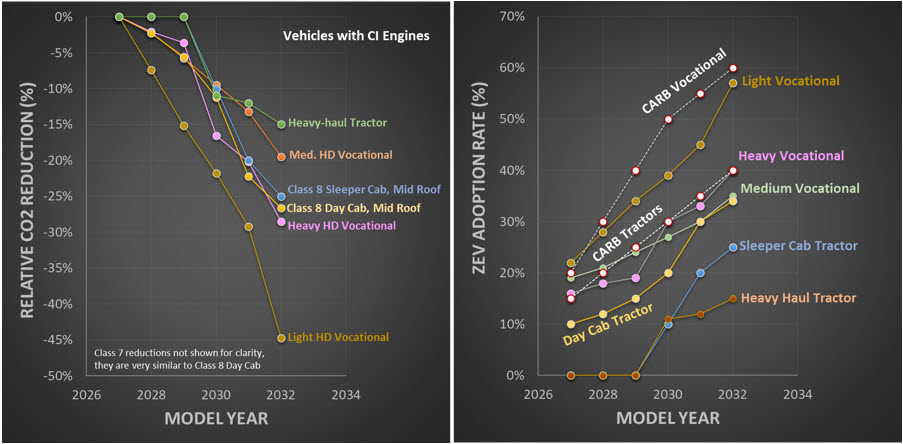
![]()
A downloadable summary of the U.S. EPA announced the Phase 3 GHG proposal for heavy-duty vehicles. From 2027 to 2032, 45% reduction in CO2 emissions for light vocational vehicles and 25% for Class 8 sleeper cabs. Over half of light vocational and a quarter of sleeper cabs expected to be ZEVs by 2032.
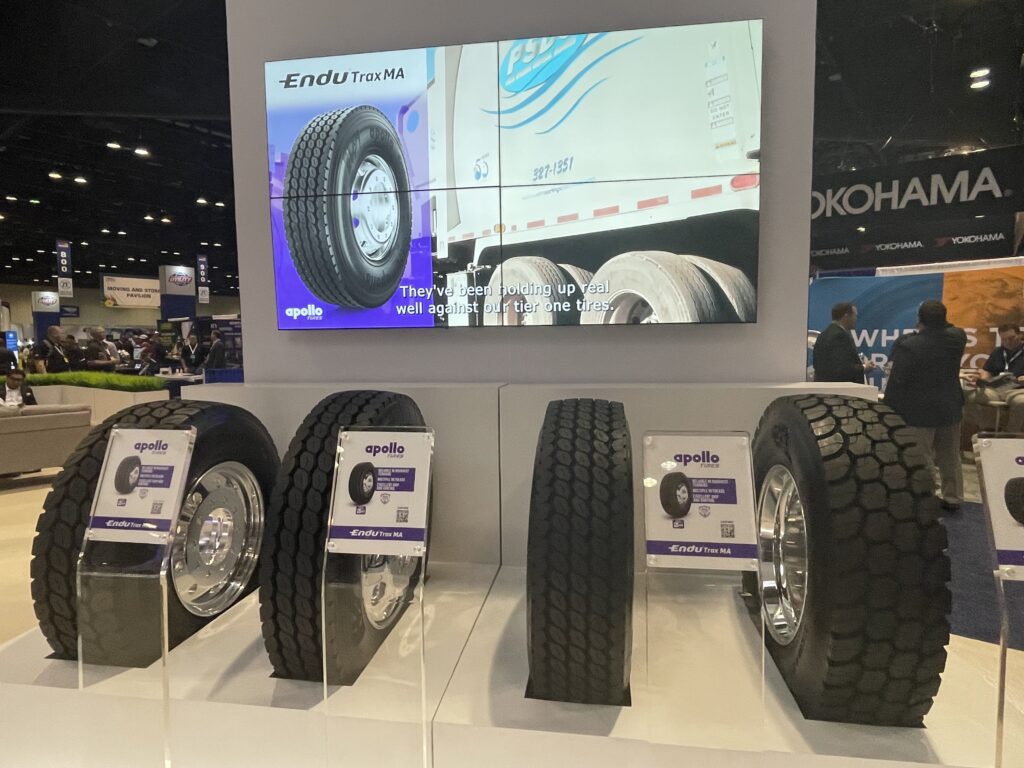
![]()
Tire manufacturers are developing the next generation tires for light- and heavy-duty vehicles to address the new performance and sustainability needs of electrified fleets.
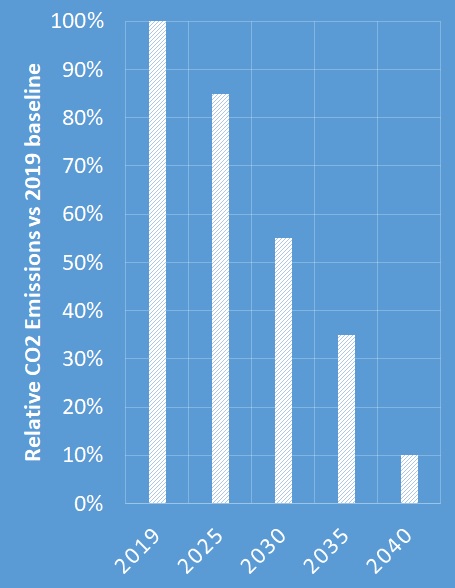
![]()
Europe has proposed an ambitious revision to its heavy-duty vehicle CO2 emission standards. Here’s a summary of some of the revised and new elements
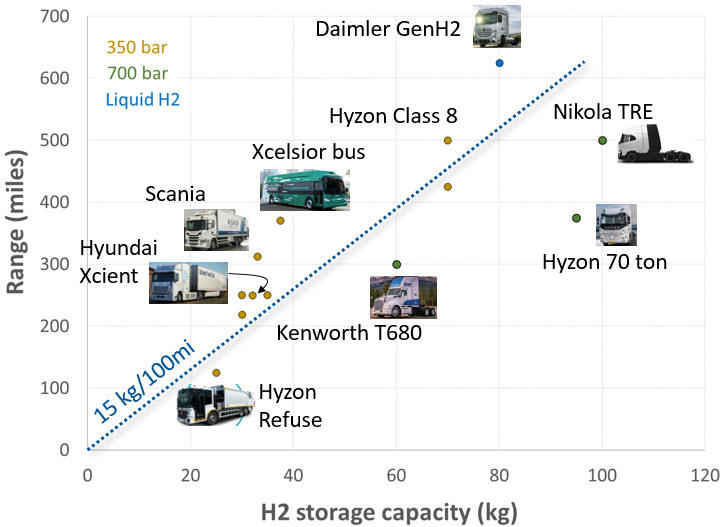
![]()
An updated summary of available hydrogen fuel cell electric trucks and buses, their announced range and hydrogen capacity.
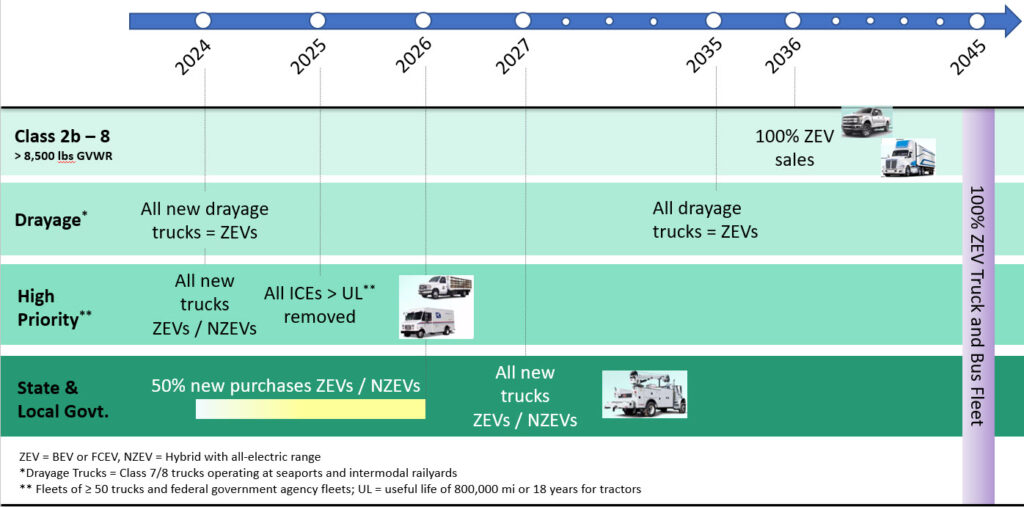
![]()
A summary of CARB’s latest Advanced Clean Fleets proposal for heavy-duty truck electrification as discussed in the February 2023 Workshop.